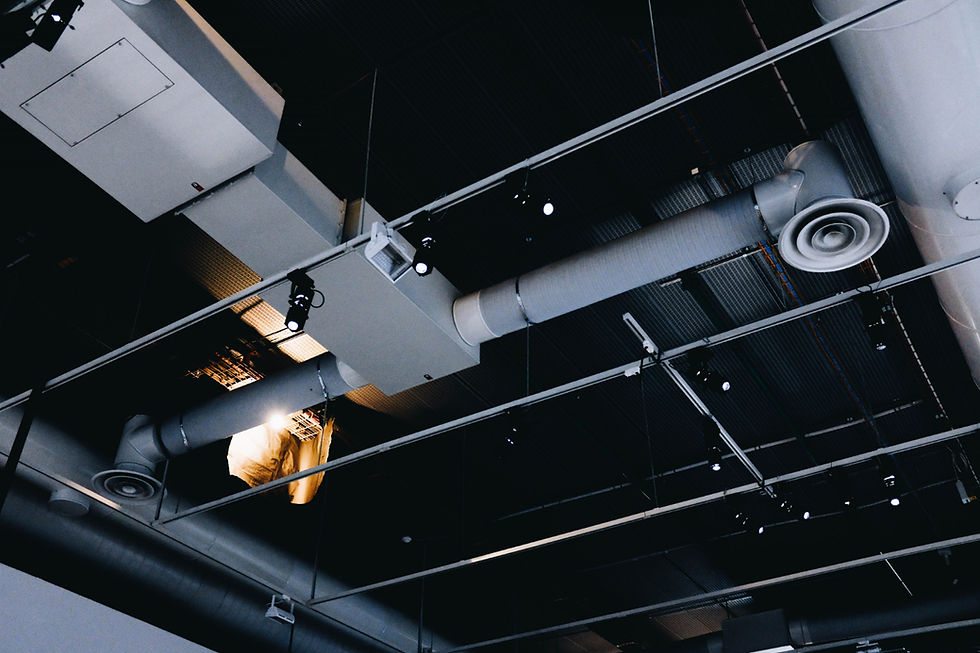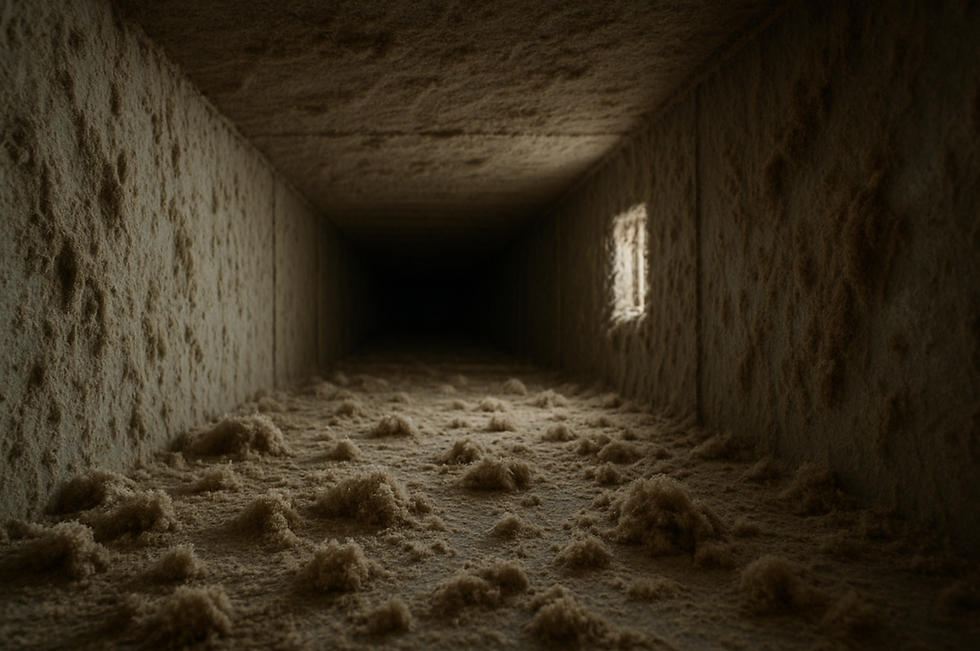Sick-Building Complaints On Rise
- Corey Provencal

- Jan 23, 2011
- 2 min read
Written by: Linda Jump, Florida Today
Cities attempt to get air quality under control in their offices.
Shortly after former Sebastian police Chief Dennis “Randy” White moved into his office at the city’s Police Department in 1996, he developed a constant nasal drip in the back of his throat and a dry cough.
His doctor diagnosed allergies but then he started to hear co-workers’ complaints of similar symptoms, conditions they said seemed to improve when they were out of the building during weekends or vacations.
Then White watched a 10-inch plant grow out of a wall in the department and wind around the window. Afterwards, he discovered dark mold behind a picture on his office wall. “The building wasn’t right,” he said, adding that mold and mildew problems persisted in the building despite city officials’ efforts to fix it.
White and eight others at the department filed worker’s compensation claims, arguing the building made them sick, and recently received out-of-court settlements.
The Sebastian police station isn’t the only municipal building that has been touched with mold problems or poor air circulation. An increasing number of government buildings in Central Florida are facing complaints of “sick building syndrome,” a general classification for worker ailments from dizziness and headaches to upper respiratory ailments.
A report last year found six federal courthouses in Central Florida, including Orlando and Ocala, were contaminated with mold and other fungi, leaving workers with high rates of illnesses and breathing problems.
The complaints can lead to costly lawsuits and worker’s compensation claims, which some local governments are trying to head off by fixing problems now. Rockledge, for instance, closed one of its fire stations for weeks last December to rid it of mold and beef up air quality after several firemen got sick.
Other local and state governments throughout the United States have taken measures to keep the air quality in offices high while reducing the occurrences of mold and mildew. But the preventative and corrective measures aren’t cheap. Some municipalities have had to shell out big bucks to ensure their buildings are up to standard. Others have still had to pay the medical bills for workers who have exhibited ongoing symptoms.
•John P. Lapotaire, CIEC •Certified Indoor Environmental Consultant •Microshield Environmental Services, LLC •www.Microshield-ES.com









Comments